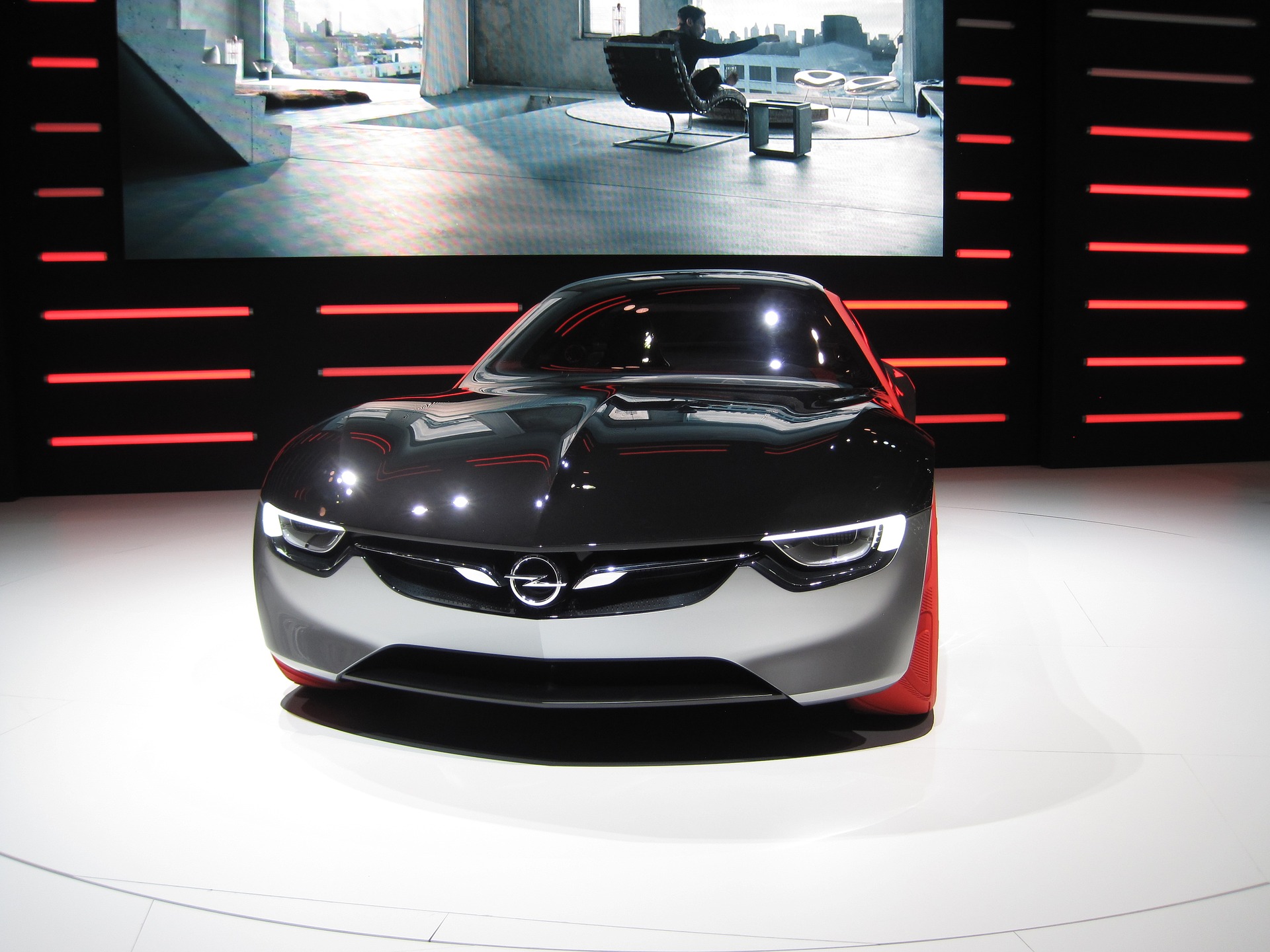Have you ever thought about the way in which a new car is created? Certainly, the very first step of its creation is planning. Sounds so simple, doesn’t it? Yet, what is exactly planning when it comes to new models of cars? If you would like to dig into this topic and get more information, this article is a right place to do it.
Researching the market
In order to create a new car, engineers first need to research the market and learn everything about the current trends and needs of people. Still, it is not such a simple question since developing and production of a new car model is a rather time-consuming process. This means, planning is usually made in advance. In many cases, engineers start working on their new projects three or four years before the date of the planned release of their new product on the market.
In practice it means that car factories have to make right predictions about the condition of the automotive market in a couple of years. This is certainly not an easy task.
On top of that, there is an immense number of aspects of humans’ lives developers have to think about considering various details of the lifestyle of people in the future. Needless to say, there are numerous factors determining the choices of cars people make.
Developing a new model of a car
When it comes to the process of developing a new model of a car, once the team of an automotive factory makes conclusions about the needs of people in the future, they can start working on their new project. This usually starts with a sketch which is focusing on the appearance of the vehicle. Designers are working with the inside and outside shapes of a new vehicle as well as its colour.
At this step, designers are also working on the shape of various elements of the car whether they are meters or seats. They also consider the materials which will be used for creating a vehicle. Of course, a crucial part is the layout of the elements itself.
Finally, when designers choose the best sketches, they will be able to start working on three-dimensional images of the future car. As you can imagine, only one idea is picked for the final product.
Only when there is an image of the entire car, designers come down to particular items which will be included inside the new model. Note that the designing process covers not only the innovative parts of a new car, but also the elements responsible for the basic functions which every car is equipped into such as brakes or an engine.
Prototyping
The next step of designing a new car is prototyping. Basically, a prototype of a future car is made and it is checked with various tests. The aim of these tests is to identify any weaknesses which are then corrected. The improved prototype is checked then again and the process is repeated until there is the best version of a car.
Here you will find more information on the tests used for examining car prototypes.
Collision tests
The idea of collision tests is to understand the possible outcome for passengers, Certainly, the designers will do their best to make the vehicle as safe as possible for people.
High-speed driving tests
Another important safety aspect is the way a car can be driven on highways. Under such conditions, cars have to drive really rather fast which can change their overall performance as well as the security of the passengers.
Rough road tests
It is crucial to understand how a car will behave on rough roads since not all of the locations of the world to which a new model will be exported have roads of a high quality. It is expected for a car not only be safe for passengers while being used on bumpy and rough roads but be suitable for usage in the first place.
Driving tests in different locations of the world
A thorough car manufacturer will also check the performance of its car in different regions of the world featured with different climate.
Wet road tests
Needless to say, it is especially crucial to check the performance of a car on wet roads. A car has to provide passengers with the maximum safety during turning, stopping and driving.
Low-temperature tests
If a company wants their cars to be spread all over the world, it is necessary to make sure a new model can be used under rather low temperatures. Even if initially a company is not planning to export their cars in such regions, there is always a possibility residents of other locations will be willing to purchase such a car.
Crosswind tests
As you can imagine, these tests are checking whether a car can be used safely while there are rather strong crosswinds.
Brake performance tests
As the name suggests, the tests are used for checking the performance of the brake system.
Radio wave effects tests
This test is less obvious, however, it is very important for the new models of cars since they are filled with electronics and computers. Radio waves might have a negative effect on such devices and this is certainly what the designers want to avoid.

